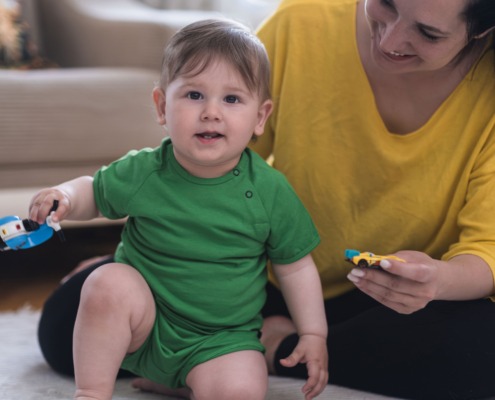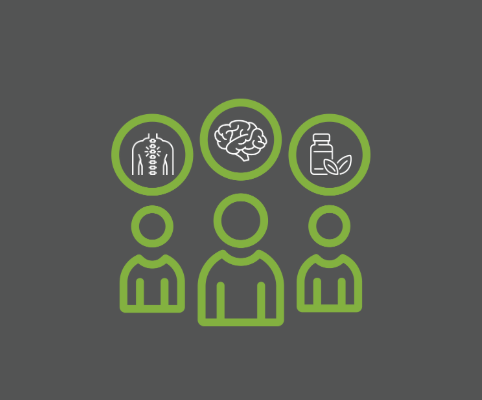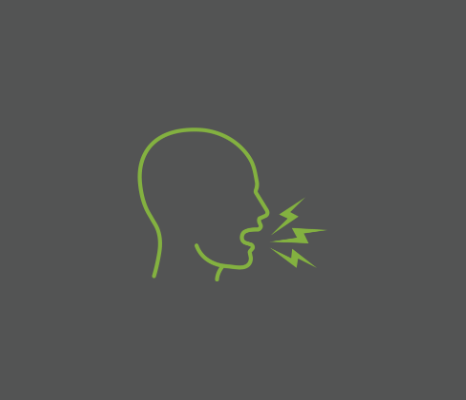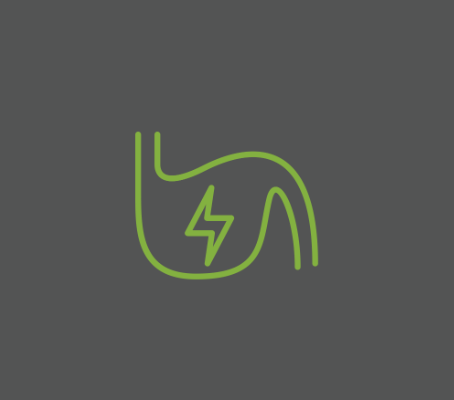 https://highesthealthchiropractic.com/wp-content/uploads/2025/02/Why-Are-So-Many-Kids-Struggling-With-Their-Health-scaled.jpg
1707
2560
hhealthchiro16
https://highesthealthchiropractic.com/wp-content/uploads/2024/02/Highest-Health-Horizontal-BLACK-300x53.png
hhealthchiro162025-02-25 18:28:242025-02-25 18:28:24Why Are So Many Kids Struggling With Their Health?
https://highesthealthchiropractic.com/wp-content/uploads/2025/02/Why-Are-So-Many-Kids-Struggling-With-Their-Health-scaled.jpg
1707
2560
hhealthchiro16
https://highesthealthchiropractic.com/wp-content/uploads/2024/02/Highest-Health-Horizontal-BLACK-300x53.png
hhealthchiro162025-02-25 18:28:242025-02-25 18:28:24Why Are So Many Kids Struggling With Their Health? https://highesthealthchiropractic.com/wp-content/uploads/2025/02/When-the-World-Feels-Too-Loud-Helping-Your-Child-With-Sensory-Overload-scaled.jpg
1707
2560
hhealthchiro16
https://highesthealthchiropractic.com/wp-content/uploads/2024/02/Highest-Health-Horizontal-BLACK-300x53.png
hhealthchiro162025-02-14 20:06:002025-02-25 18:05:25When the World Feels Too Loud: Helping Your Child With Sensory Overload
https://highesthealthchiropractic.com/wp-content/uploads/2025/02/When-the-World-Feels-Too-Loud-Helping-Your-Child-With-Sensory-Overload-scaled.jpg
1707
2560
hhealthchiro16
https://highesthealthchiropractic.com/wp-content/uploads/2024/02/Highest-Health-Horizontal-BLACK-300x53.png
hhealthchiro162025-02-14 20:06:002025-02-25 18:05:25When the World Feels Too Loud: Helping Your Child With Sensory Overload https://highesthealthchiropractic.com/wp-content/uploads/2025/02/Epigenetics-and-Chronic-Illness-Whats-Affecting-Kids-Today-scaled.jpg
1707
2560
hhealthchiro16
https://highesthealthchiropractic.com/wp-content/uploads/2024/02/Highest-Health-Horizontal-BLACK-300x53.png
hhealthchiro162025-02-14 19:33:142025-02-25 18:05:15Epigenetics and Chronic Illness: What’s Affecting Kids Today?
https://highesthealthchiropractic.com/wp-content/uploads/2025/02/Epigenetics-and-Chronic-Illness-Whats-Affecting-Kids-Today-scaled.jpg
1707
2560
hhealthchiro16
https://highesthealthchiropractic.com/wp-content/uploads/2024/02/Highest-Health-Horizontal-BLACK-300x53.png
hhealthchiro162025-02-14 19:33:142025-02-25 18:05:15Epigenetics and Chronic Illness: What’s Affecting Kids Today? https://highesthealthchiropractic.com/wp-content/uploads/2025/01/Can-Chiropractic-Care-Help-With-Your-Childs-Emotional-Dysregulation-scaled.jpg
1623
2560
hhealthchiro16
https://highesthealthchiropractic.com/wp-content/uploads/2024/02/Highest-Health-Horizontal-BLACK-300x53.png
hhealthchiro162025-01-31 18:31:432025-01-31 19:19:48Can Chiropractic Care Help With Your Child’s Emotional Dysregulation?
https://highesthealthchiropractic.com/wp-content/uploads/2025/01/Can-Chiropractic-Care-Help-With-Your-Childs-Emotional-Dysregulation-scaled.jpg
1623
2560
hhealthchiro16
https://highesthealthchiropractic.com/wp-content/uploads/2024/02/Highest-Health-Horizontal-BLACK-300x53.png
hhealthchiro162025-01-31 18:31:432025-01-31 19:19:48Can Chiropractic Care Help With Your Child’s Emotional Dysregulation? https://highesthealthchiropractic.com/wp-content/uploads/2025/01/How-Chiropractic-Care-Benefits-Your-Child-scaled.jpg
1707
2560
hhealthchiro16
https://highesthealthchiropractic.com/wp-content/uploads/2024/02/Highest-Health-Horizontal-BLACK-300x53.png
hhealthchiro162025-01-24 18:09:532025-01-31 18:28:09How Chiropractic Care Benefits Your Child
https://highesthealthchiropractic.com/wp-content/uploads/2025/01/How-Chiropractic-Care-Benefits-Your-Child-scaled.jpg
1707
2560
hhealthchiro16
https://highesthealthchiropractic.com/wp-content/uploads/2024/02/Highest-Health-Horizontal-BLACK-300x53.png
hhealthchiro162025-01-24 18:09:532025-01-31 18:28:09How Chiropractic Care Benefits Your Child https://highesthealthchiropractic.com/wp-content/uploads/2025/01/Worried-About-Developmental-Delays-With-Your-Child-Read-This-scaled.jpg
1707
2560
hhealthchiro16
https://highesthealthchiropractic.com/wp-content/uploads/2024/02/Highest-Health-Horizontal-BLACK-300x53.png
hhealthchiro162025-01-17 19:23:482025-01-17 19:23:48Worried About Developmental Delays With Your Child? Read This!
https://highesthealthchiropractic.com/wp-content/uploads/2025/01/Worried-About-Developmental-Delays-With-Your-Child-Read-This-scaled.jpg
1707
2560
hhealthchiro16
https://highesthealthchiropractic.com/wp-content/uploads/2024/02/Highest-Health-Horizontal-BLACK-300x53.png
hhealthchiro162025-01-17 19:23:482025-01-17 19:23:48Worried About Developmental Delays With Your Child? Read This! https://highesthealthchiropractic.com/wp-content/uploads/2025/01/What-Is-POTS-Syndrome-And-What-Causes-It-scaled.jpg
1706
2560
hhealthchiro16
https://highesthealthchiropractic.com/wp-content/uploads/2024/02/Highest-Health-Horizontal-BLACK-300x53.png
hhealthchiro162025-01-09 23:03:212025-01-17 05:06:43What Is POTS Syndrome? And What Causes It?
https://highesthealthchiropractic.com/wp-content/uploads/2025/01/What-Is-POTS-Syndrome-And-What-Causes-It-scaled.jpg
1706
2560
hhealthchiro16
https://highesthealthchiropractic.com/wp-content/uploads/2024/02/Highest-Health-Horizontal-BLACK-300x53.png
hhealthchiro162025-01-09 23:03:212025-01-17 05:06:43What Is POTS Syndrome? And What Causes It? https://highesthealthchiropractic.com/wp-content/uploads/2024/12/3-Approaches-to-Health-e1735563988472.png
523
300
Dr. Nate DeJong
https://highesthealthchiropractic.com/wp-content/uploads/2024/02/Highest-Health-Horizontal-BLACK-300x53.png
Dr. Nate DeJong2024-12-30 13:06:362024-12-30 13:06:36The #1 Choice You Should Make For Your Child’s Health
https://highesthealthchiropractic.com/wp-content/uploads/2024/12/3-Approaches-to-Health-e1735563988472.png
523
300
Dr. Nate DeJong
https://highesthealthchiropractic.com/wp-content/uploads/2024/02/Highest-Health-Horizontal-BLACK-300x53.png
Dr. Nate DeJong2024-12-30 13:06:362024-12-30 13:06:36The #1 Choice You Should Make For Your Child’s Health  https://highesthealthchiropractic.com/wp-content/uploads/2024/12/constipation-e1734455951719.png
359
200
Dr. Nate DeJong
https://highesthealthchiropractic.com/wp-content/uploads/2024/02/Highest-Health-Horizontal-BLACK-300x53.png
Dr. Nate DeJong2024-12-17 17:19:192024-12-17 17:19:19The #1 Overlooked Reason Why Your Child is Constipated
https://highesthealthchiropractic.com/wp-content/uploads/2024/12/constipation-e1734455951719.png
359
200
Dr. Nate DeJong
https://highesthealthchiropractic.com/wp-content/uploads/2024/02/Highest-Health-Horizontal-BLACK-300x53.png
Dr. Nate DeJong2024-12-17 17:19:192024-12-17 17:19:19The #1 Overlooked Reason Why Your Child is Constipated  https://highesthealthchiropractic.com/wp-content/uploads/2024/12/ODD-e1733169717454.png
356
200
Dr. Nate DeJong
https://highesthealthchiropractic.com/wp-content/uploads/2024/02/Highest-Health-Horizontal-BLACK-300x53.png
Dr. Nate DeJong2024-12-02 20:02:082024-12-02 20:02:08What You Need To Know About Your Child’s Tantrums, Meltdowns and Defiance
https://highesthealthchiropractic.com/wp-content/uploads/2024/12/ODD-e1733169717454.png
356
200
Dr. Nate DeJong
https://highesthealthchiropractic.com/wp-content/uploads/2024/02/Highest-Health-Horizontal-BLACK-300x53.png
Dr. Nate DeJong2024-12-02 20:02:082024-12-02 20:02:08What You Need To Know About Your Child’s Tantrums, Meltdowns and Defiance https://highesthealthchiropractic.com/wp-content/uploads/2024/11/Stress.png
818
463
Dr. Nate DeJong
https://highesthealthchiropractic.com/wp-content/uploads/2024/02/Highest-Health-Horizontal-BLACK-300x53.png
Dr. Nate DeJong2024-11-25 15:08:132024-11-25 15:08:135 Tips To Better Handle Holiday Stress
https://highesthealthchiropractic.com/wp-content/uploads/2024/11/Stress.png
818
463
Dr. Nate DeJong
https://highesthealthchiropractic.com/wp-content/uploads/2024/02/Highest-Health-Horizontal-BLACK-300x53.png
Dr. Nate DeJong2024-11-25 15:08:132024-11-25 15:08:135 Tips To Better Handle Holiday Stress https://highesthealthchiropractic.com/wp-content/uploads/2024/11/Silent-Reflux-e1731935407992.png
353
200
Dr. Nate DeJong
https://highesthealthchiropractic.com/wp-content/uploads/2024/02/Highest-Health-Horizontal-BLACK-300x53.png
Dr. Nate DeJong2024-11-18 13:10:162024-11-18 13:10:16Is My Baby Colicky From Silent Reflux...or is it Something Else?
https://highesthealthchiropractic.com/wp-content/uploads/2024/11/Silent-Reflux-e1731935407992.png
353
200
Dr. Nate DeJong
https://highesthealthchiropractic.com/wp-content/uploads/2024/02/Highest-Health-Horizontal-BLACK-300x53.png
Dr. Nate DeJong2024-11-18 13:10:162024-11-18 13:10:16Is My Baby Colicky From Silent Reflux...or is it Something Else?Recent Posts
- Cortisol Addiction: Why Your Family Feels Anxious, Tired, and Always On Edge
- Mom Burnout Is Real: Here’s How to Reset Your Body and Mind
- Why Medication Alone Doesn’t Work for ADHD — And What to Do Instead
- Should You Consider Chiropractic Care for Your Newborn?
- Not All Pediatric Chiropractors Are the Same: How to Find the Right Fit for Your Child





Recent Comments